John Hurrell – 31 July, 2018
It seems an oxymoron thus stated, but these turbulent (but reined in) works celebrate subdued chroma, presenting muted colour in an energetic, exuberant format. Sweeping parallel bristle-lined undulations, wobbly paint flicks and splattery crests provide a rawness and physical reminder of the frenetic application process.
British artist, Erin Lawlor, makes oil paintings that emphasise swirling arabesques rendered using wide brushes, the paint dragged and mingled in tumbling rhythmic configurations. Her crashing waves of churning controlled colour sprawl along the canvas as if it were a beach, the colours characteristically tending towards the tertiary, giving her palette a greyness—a subdued pallor. You could say ‘muddy’ but that implies a lack of control, and Lawlor’s earthy colours are always carefully mixed.
It seems an oxymoron thus stated, but these turbulent (but reined in) works celebrate subdued chroma, presenting muted colour in an energetic, exuberant format. Sweeping parallel bristle-lined undulations, wobbly paint flicks and splattery crests provide a rawness and physical reminder of the frenetic application process. This accompanies the spontaneity of each composition as it develops overlapping shapes during the artist’s ongoing exploration.
Lawlor’s knocked-back tonal values are meticulously controlled with areas of soft white interacting with different types of grey or chromatically inflected browny blues. This restraint makes them look ‘English’, for this ‘dull’ palette is quite distinctive in a South Pacific context where saturated and vibrantly hot colours are commonplace, due it seems to the light in this part of the world. Although contested by the late Francis Pound, meteorological conditions do appear to influence artist’s palettes.
Another important point is that Lawlor likes to work with thin fluid paint on canvases that are lying flat on the studio floor. (See this excellent interview here). That ensures there are no vertical drips running down, or sagging congealing pools, and that finely detailed bristle striations remain. It’s an immersive process, treating the canvas as territory to be tactilely investigated—usually working wet on wet so that different hues mingle-and exploiting the reach of Lawlor’s sweeping, jabbing and twisting extended arm.
John Hurrell
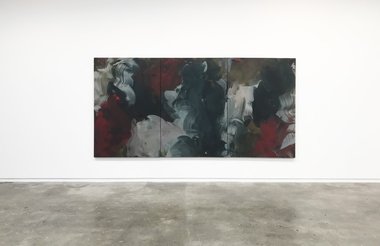
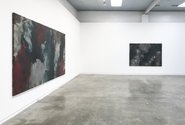
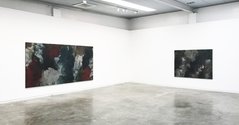
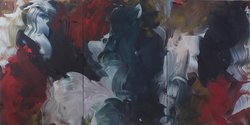
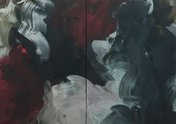
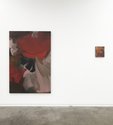

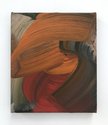
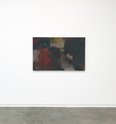
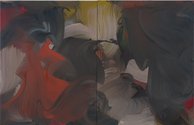
 Advertising in this column
Advertising in this column Two Rooms presents a program of residencies and projects
Two Rooms presents a program of residencies and projects



This Discussion has 0 comments.
Comment
Participate
Register to Participate.
Sign in
Sign in to an existing account.